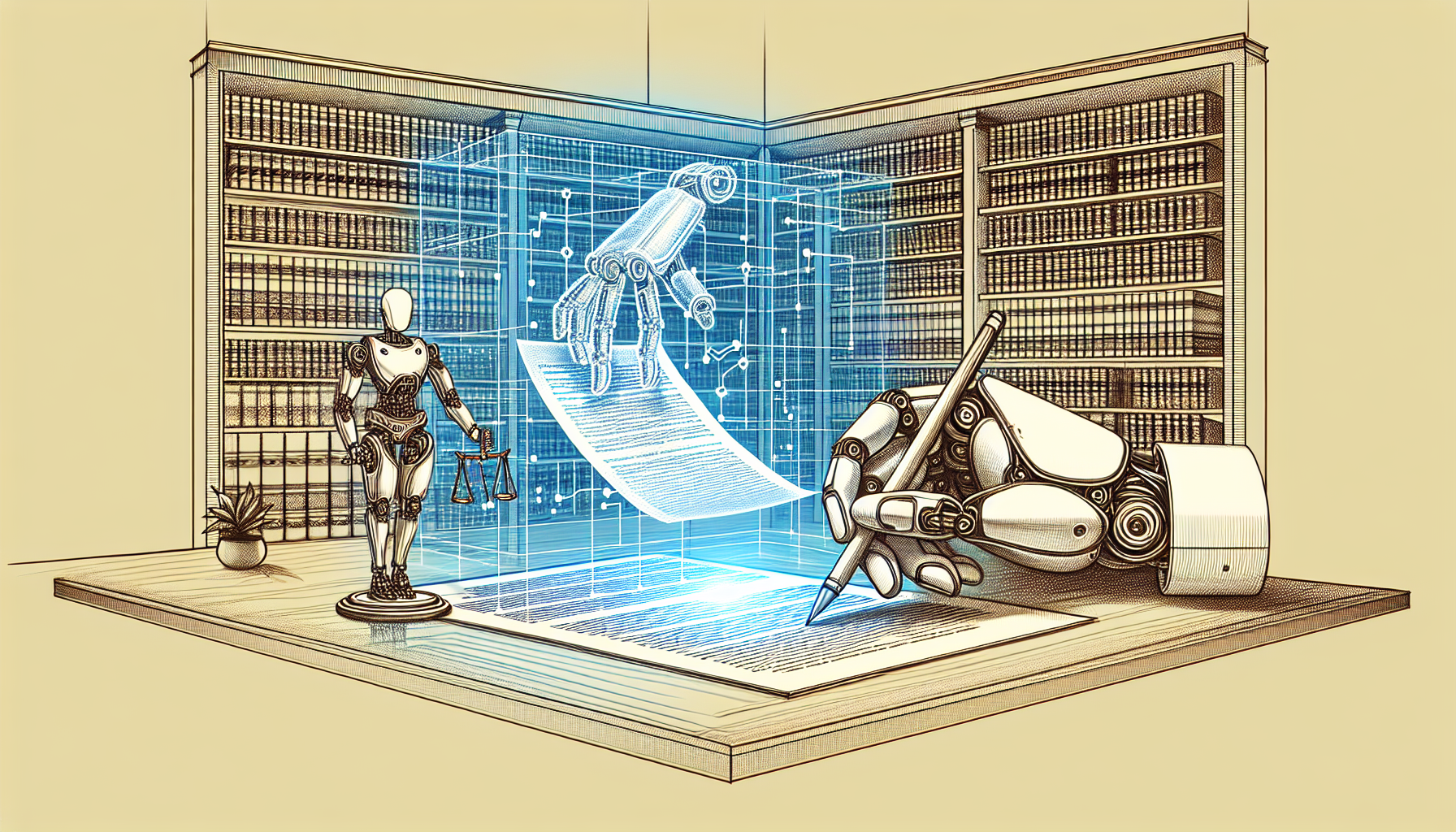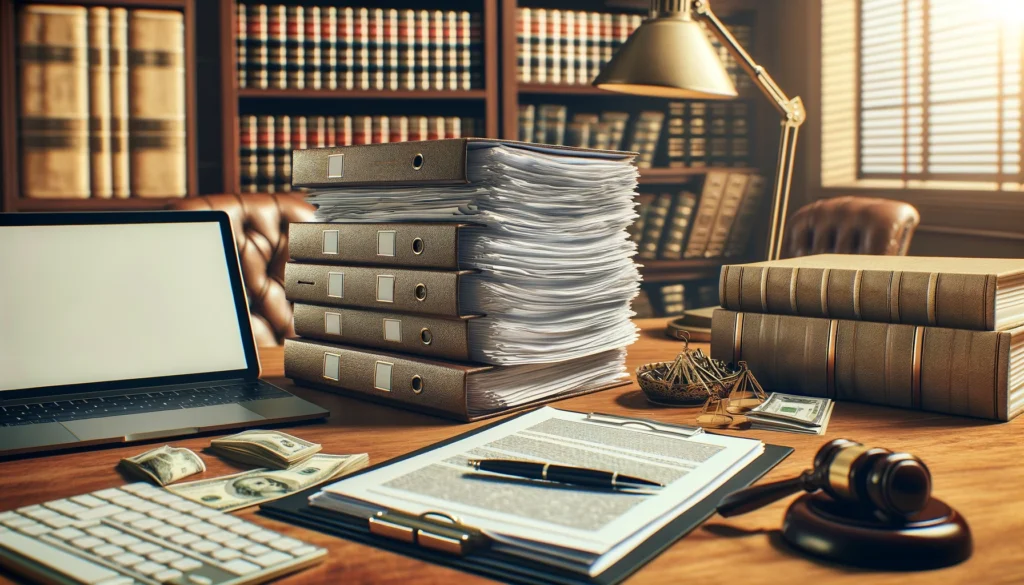
Unlocking AI Potential in Legal Workflows
The legal profession is experiencing a transformative shift with the advent of artificial intelligence (AI). This change is notably impactful in areas where efficiency and precision are paramount. Among various AI tools, ChatGPT stands out as a versatile asset, especially for paralegals handling personal injury cases. By integrating ChatGPT into daily workflows, paralegals can enhance their productivity and accuracy, ensuring better outcomes for their clients. Here’s how ChatGPT can seamlessly fit into the routine tasks of legal professionals, optimizing time and resources.
Stepping into Efficiency: Setting Up ChatGPT
Integrating AI into your workflow begins with setting up ChatGPT, a task that’s easier than it might appear. First, access ChatGPT through OpenAI’s platform or similar services. Most interfaces are user-friendly, guiding you through the registration and API key acquisition process.
Before you dive in, ensure you have the following:
- A reliable internet connection
- Access to OpenAI’s API or another large language model (LLM)
- Basic familiarity with text input methods and prompt structuring
Having these prerequisites in place will ensure that you harness the full potential of ChatGPT. Setting up your environment correctly paves the way for a seamless integration into your legal workflow.
Also read:
Foundational Prompts: Crafting the Right Questions
The quality of output from ChatGPT hinges on the specificity and relevance of your prompts. Crafting precise, context-rich questions is key to obtaining useful responses. Here are some foundational prompts tailored for drafting personal injury legal memos:
- Facts Gathering: “Summarize the key facts of a personal injury case involving a slip and fall at retail premises.”
- Issue Identification: “Identify the primary legal issues in a personal injury case where the defendant’s negligence is in question.”
- Analysis and Argument: “Analyze the potential defenses a property owner might raise in a slip and fall personal injury case.”
- Conclusion Drafting: “Summarize the potential legal outcomes based on the provided case facts and legal issues.”
Iterative refinement enhances these prompts. Start broad and then narrow down based on the initial outputs. For example, if the general facts gathered are too vague, follow up with, “Can you provide more detail on the evidence supporting the plaintiff’s claim in the slip and fall case?” This iterative process ensures comprehensiveness and precision.
Also read:
Deep Dive: Structuring the Legal Memo with ChatGPT
Once foundational prompts are set, structuring a personal injury legal memo becomes straightforward with ChatGPT. Here’s a step-by-step guide:
- Facts: Begin by summarizing the case facts. Prompt ChatGPT: “Provide a detailed summary of the incident described in the personal injury case.” Ensure the facts are specific and relevant to the case at hand.
- Issue: Clearly articulate the legal issue. Use a prompt like, “What are the primary legal questions that arise from the provided facts of this personal injury case?” Ensure the issues are framed within the relevant legal context.
- Analysis: Analyze the issues using applicable laws and precedents. Prompt ChatGPT with, “Analyze the legal issues of the case considering relevant case laws and statutes in personal injury law.” This section often requires deeper elaboration, so iterative querying helps refine the analysis.
- Conclusion: Conclude with potential legal outcomes. A useful prompt here is, “Based on the analyzed issues, summarize the likely legal outcomes and recommendations for the client.” Ensure the conclusion logically follows from the analysis provided.
This structured approach guarantees a comprehensive and coherent legal memo.
Also read:
AI-Assisted Research: Sources and Citations
ChatGPT can significantly aid in conducting legal research, providing quick access to relevant legal information and precedents. To ensure accuracy and reliability:
- Cite sources: When using ChatGPT-generated text, verify sources. Prompt: “Provide legal citations for the analysis addressing slip and fall cases in retail premises under negligence tort law.”
- Cross-verify: Always cross-reference AI-generated information with authoritative legal databases like Westlaw or LexisNexis. For example: “Cross-verify the case law cited by ChatGPT with Westlaw for accuracy.”
This ensures that all information included in your memo is solidly backed by reliable sources.
Also read:
Refining the Draft: Human Oversight and Quality Assurance
Despite ChatGPT’s capabilities, human oversight remains crucial. Always review and refine AI-generated content. Look out for potential errors or omissions, ensuring the memo aligns with legal standards and is factually accurate.
Key areas to review include:
- Legal accuracy and relevance
- Completeness of information
- Clarity and coherence of arguments
Incorporating thorough human review will ensure the document meets professional standards.
Also read:
Advanced Techniques: Creative Prompts for Nuanced Insights
To extract deeper insights from ChatGPT, employ creative and nuanced prompting techniques. For example:
- Comparative Analysis: “Compare the liability factors in slip and fall cases under premises liability in two different jurisdictions.”
- Predictive Analysis: “Predict potential trends in personal injury litigation based on current case law and statutes.”
- Hypothetical Scenarios: “Discuss how changes in state regulations might affect the outcome of a slip and fall case.”
Such refined prompts can help uncover subtle legal nuances and offer deeper analytical insights.
Also read:
Conclusion: Integrating AI into Everyday Practice
In conclusion, the integration of ChatGPT into legal workflows offers substantial benefits. It streamlines the drafting process, ensuring efficiency and precision. Encouraging the use of AI tools like ChatGPT can significantly enhance daily legal practice, fostering continuous learning and adaptation in an increasingly tech-driven legal landscape.
Embrace the power of AI and transform your legal memos into well-structured, insightful, and efficient documents. Your clients and your practice will thank you.


